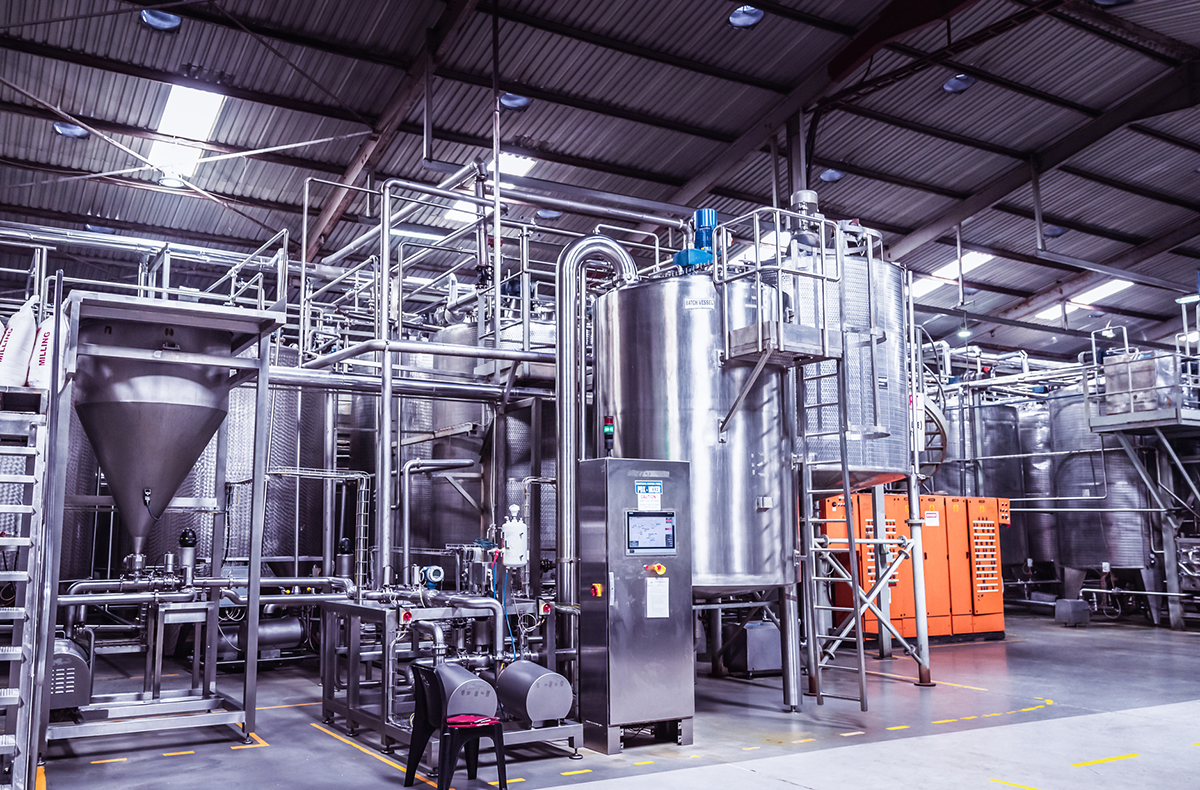Sanitary Design: Improving Food Safety Practices in the Philippines
As in all parts of the world, food safety is a concern in Asia Pacific, a region with a diverse culture and food production system. In the Philippines, food manufacturers work hard to bridge the gap between food safety regulation and production practices.
For Filipinos, producing safe and healthy food is a top priority, but not all food manufacturers throughout the country are aware of what sanitary design means or the role it plays in managing potential food safety hazards.
Small- and medium-sized businesses, as well as family-owned companies, are an important part of the food ecosystem in the country. But they typically don't have access to knowledge related to compliance with sanitary design requirements.
Safe food production hinges on the sanitary design of equipment and buildings. For many manufacturers in the Philippines, improving food processing plant hygiene takes time and resources, but there are a few key steps they can take now to start progressing toward their sanitary design goals.
What is sanitary design?
Sanitary design is a set of standards and conditions related to food hygiene, and considers all structural and equipment designs, repairs, modifications, or purchases to reduce the potential contamination, allergen cross-contact, and pest infestation, and to facilitate cleaning efforts.
Food processing plants use sanitary design to prevent physical, chemical, and biological contamination of their products. A small crack, a hole, a non-sanitary weld, or even an irregular surface in the equipment may represent an opportunity for accumulation of organic material and microbiological growth.
Establishing an Effective Sanitary Design Compliance Program
Companies often overlook adequate sanitary design because it's seen as an additional cost, yet it's the first step toward reducing and preventing food contamination risks, establishing food processing plant hygiene standards, and providing food-safe, sanitary conditions.
Here are some suggestions of how Filipino food manufacturers can establish an effective sanitary design compliance program:
- Management commitment: Work with the management team to ensure sanitary design is considered a priority and resources are allocated to support compliance with sanitary design requirements, including the provision of training and engineering solutions.
- Assemble the team: Create a multidisciplinary team that includes personnel trained in sanitary design. This team should be responsible for establishing sanitary design requirements based on existing guidelines or standards relevant to the food industry. They are also responsible for reviewing and approving plans, whether for new or modified projects that pertain to production and storage, building construction, and equipment.
- Train and educate the members: Make sure personnel responsible for the purchase, installation, use, maintenance, and verification of the building structures and equipment understand the principles of hygienic design in food manufacturing.
- Verify compliance: Include sanitary design requirements as part of the monthly self-inspection.
- Be detail-oriented with process: Identify the root cause and implement the actions that will improve compliance to design requirements.
- Adopt sanitary design principles as part of the food safety culture: Every facility has a food safety culture, whether it was built intentionally or developed organically. Integrating sanitary design principles into the food safety culture among new recruits and current staff puts everyone on the same page.
Solidifying Sanitary Design Knowledge
No matter where a food processing plant is based, following sanitary design principles is essential for complying with different regulations, preventing contamination, and maintaining consumer trust. AIB International’s Sanitary Design Online Module and private GMP/Sanitation Workshops can help manufacturers across the world expand their knowledge on sanitary design.


